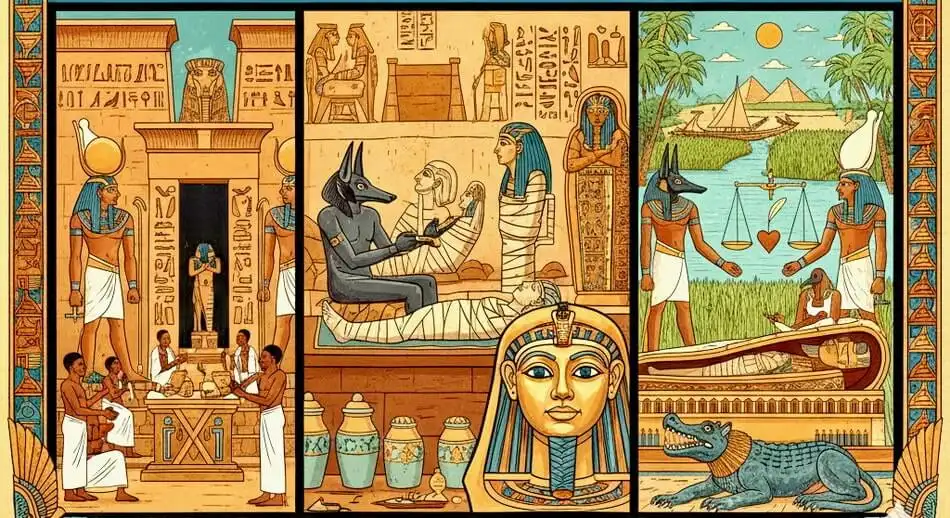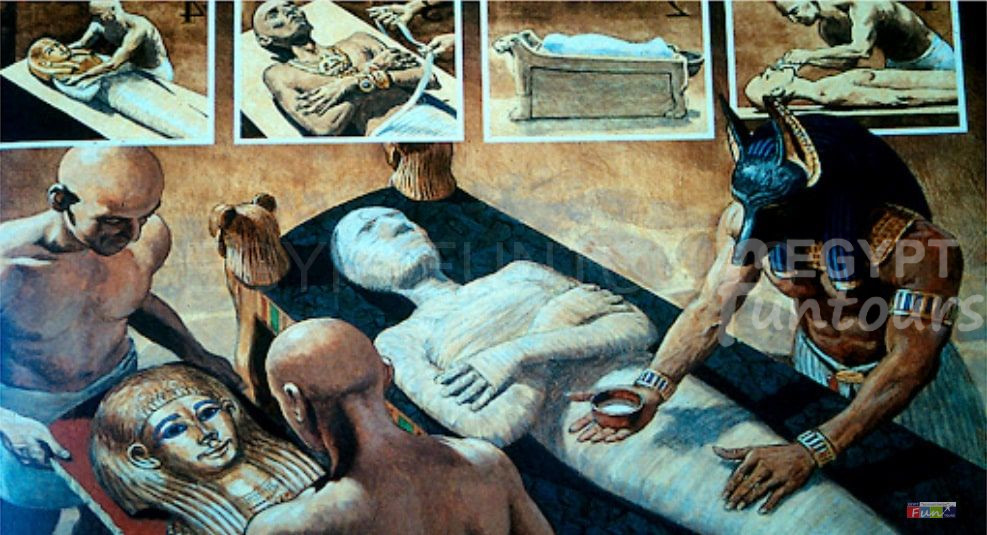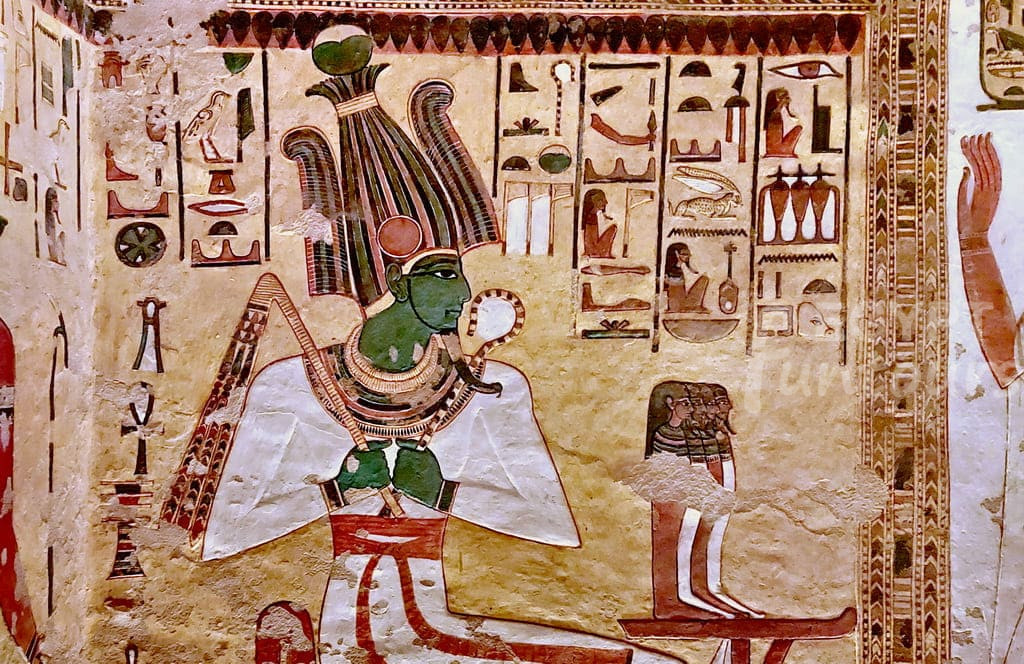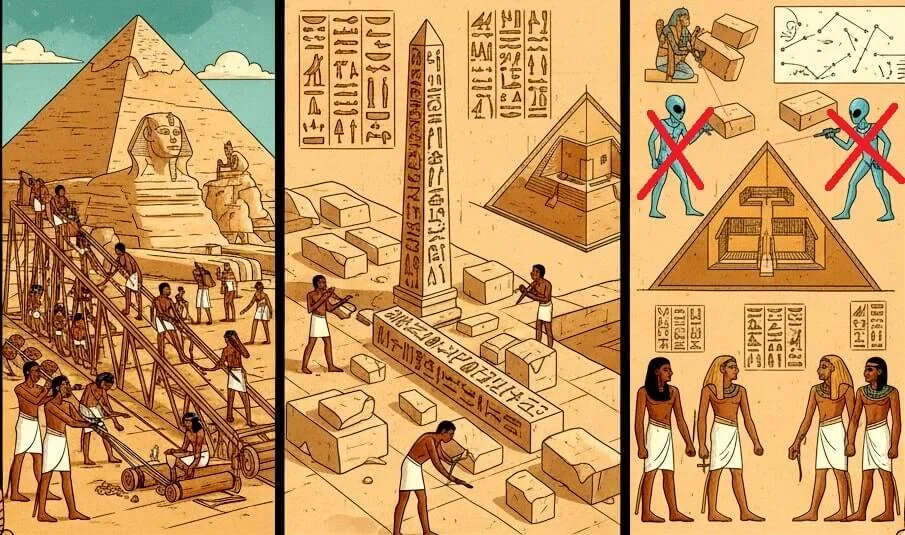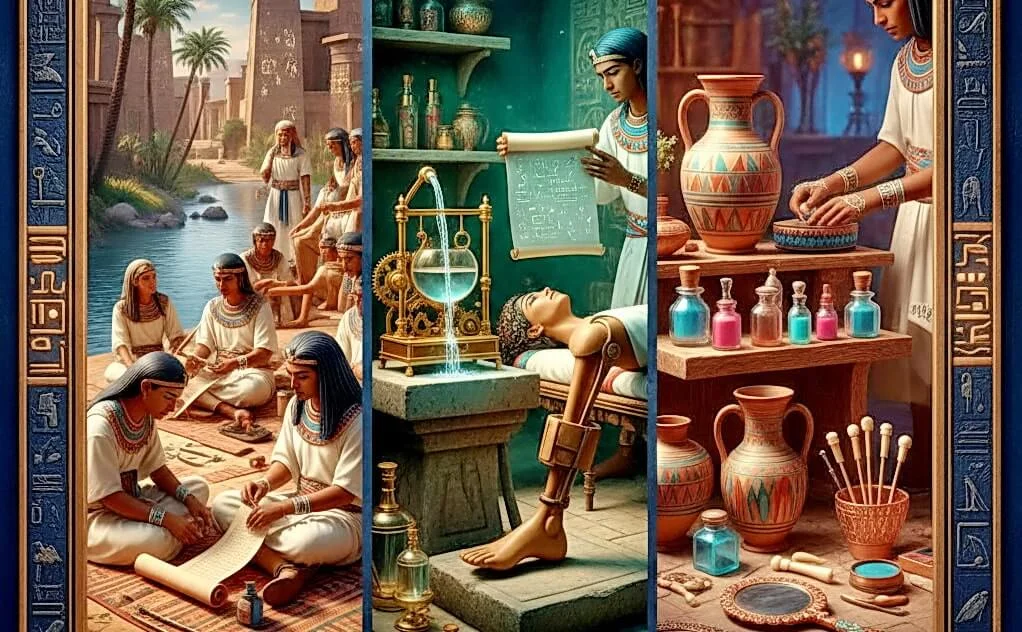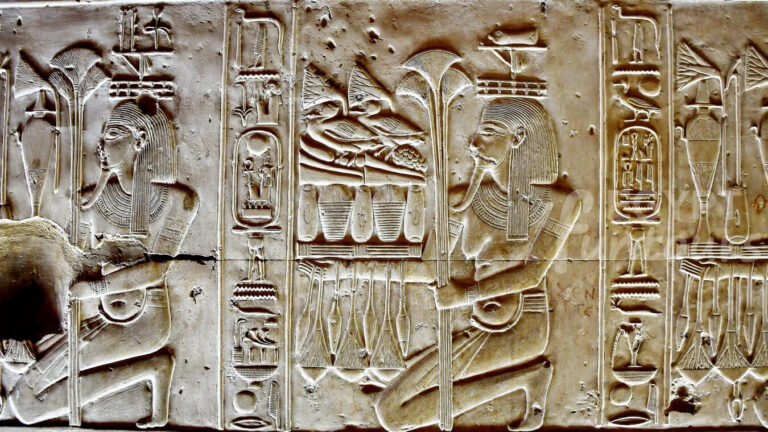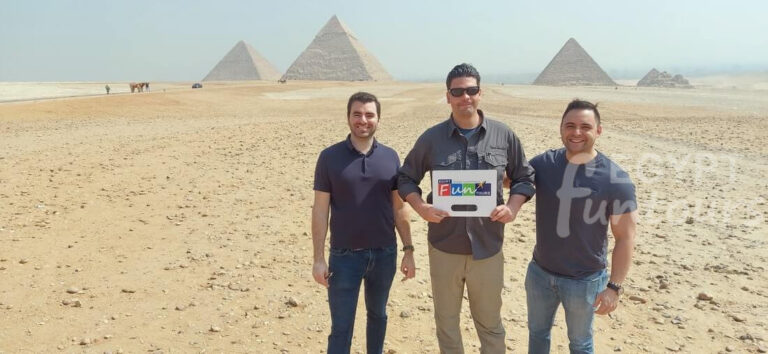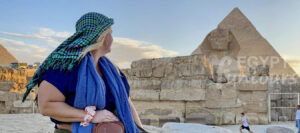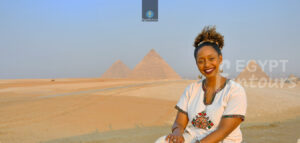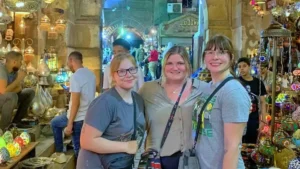Social Life, Royalty, and Appearance
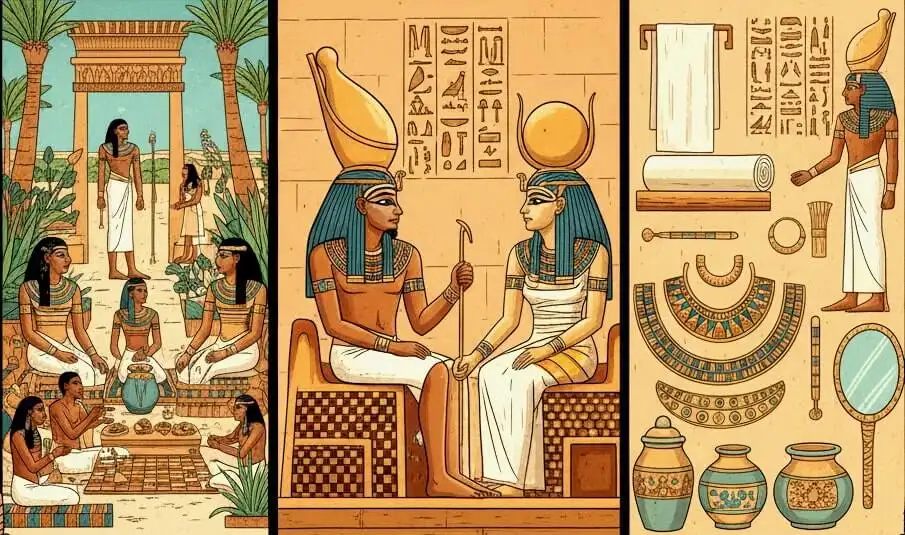
Beyond the temples and tombs, the daily and political lives of the Egyptians held many surprises. These 15 interesting ancient Egyptian facts reveal fascinating details about the status of women, royal customs, and even the strict fashion rules that applied to the most powerful individuals, highlighting an advanced but often rigid society.
5. The Ancient Egyptians didn’t have actual beards
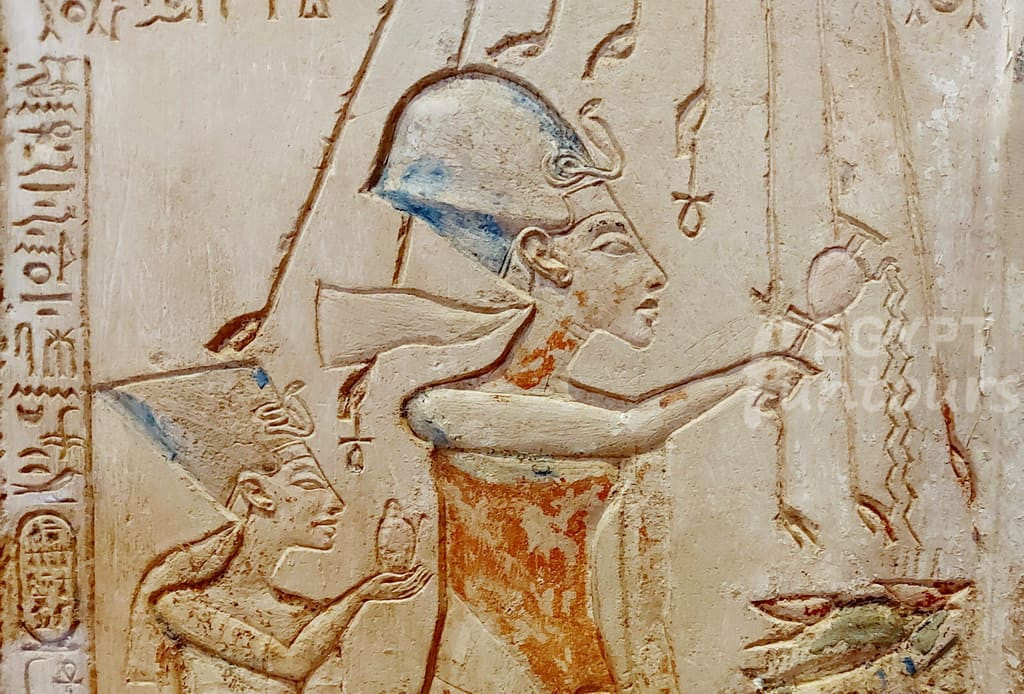
Pharaohs were often shown with lengthy braided beards, yet they were almost certainly always clean-shaven. The false beards were worn to emulate Osiris, the Egyptian pharaoh, who is pictured with a magnificent beard. Kings wear a different form of a beard (curly beard) to symbolize the God Osiris. Face hair was so fashionable that Hatshepsut, Egypt’s first female pharaoh, wore a false beard. “Rulers in ancient Egypt received false beards to make them seem wise and older, especially when some kings were extremely young, such as Tutankhamun, who ruled Egypt at the age of nine.
6. Makeup was used by Egyptians of both sexes
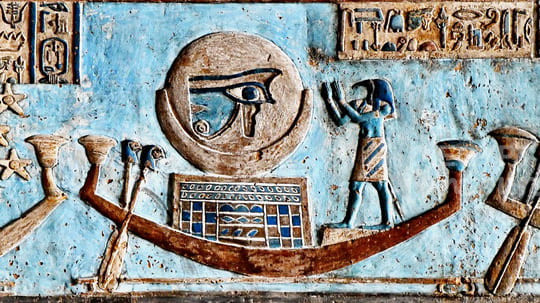
Vanity dates back to the dawn of civilization, and the Egyptians were no exception. “People were known to put on a lot of cosmetics, believing that- they would protect them from the gods Horus and Ra.” Egyptians created these cosmetics by crushing ores like malachite and galena into kohl.
They then lavishly smeared it around the eyes using wooden, bone, and ivory implements. Women used red paint to tint their cheeks. Egyptians also used henna to dye their hands and fingernails. Both sexes donned oil, myrrh, and cinnamon-based fragrances. The Egyptians believed their cosmetics had mystical healing properties. Studies have proven that lead-based cosmetics used near the Nile helped prevent eye infections.
It not only protected their skin from the sun’s rays, but they also thought it had therapeutic properties. They wore green and black makeup most of the time. They used copper for the green, while they used lead for the black!7. Women had a broad variety of freedoms and privileges

Egyptian women had a considerable measure of legal and financial freedom while society and the public saw them as inferior to males. They had the legal authority to purchase and sell land, serve on juries, create wills, and even engage in legal contracts. Women seldom worked outside the house, but employers frequently paid those who did equally to males for performing the same duties. Egyptian women, unlike the women of ancient Greece, whose husbands practically owned them, enjoyed the right to divorce and remarry. Spouses even negotiated an ancient prenuptial agreement. These contracts stated all of the property and money the lady brought into the marriage and ensured that she would be rewarded for it in the event of a divorce.
8. Typically in Ancient Egypt, brothers and sisters marry
This is one shocking fact of the 15 interesting ancient Egyptian facts! Egyptian pharaohs, like many other royals throughout history, did not oppose marrying within the family to protect royal lineages. It was fairly uncommon for sisters and daughters to marry. Tutankhamun’s mummified remains have indicated that incest produced him, which would have surely resulted in health problems and unpleasant traits such as an overbite, feminine hips, abnormally enormous breasts, and a club foot. Tutankhamun died when he was 19. Ramses II wed four of his daughters.
9. Cleopatra wasn’t very beautiful at all
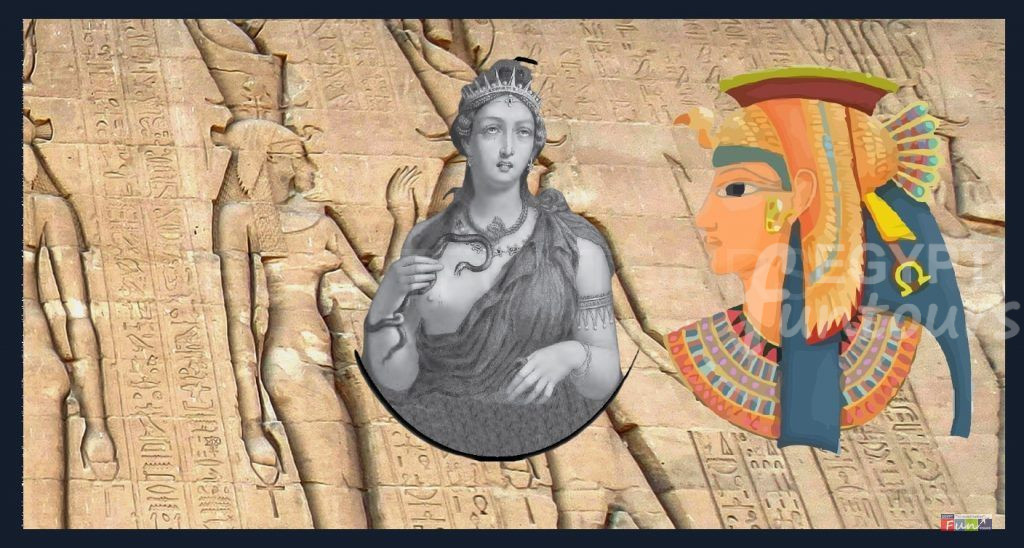
The last of the 15 interesting ancient Egyptian facts. Historical records and pictures show Cleopatra in wall carvings and on coins as having average features and a big nose. Because of her brilliance and appealing nature, she was able to get the backing of strong individuals like Julius Caesar and Mark Anthony. Augustus hesitated to see her in person due to his worry that she would divert and mislead him if they met.

